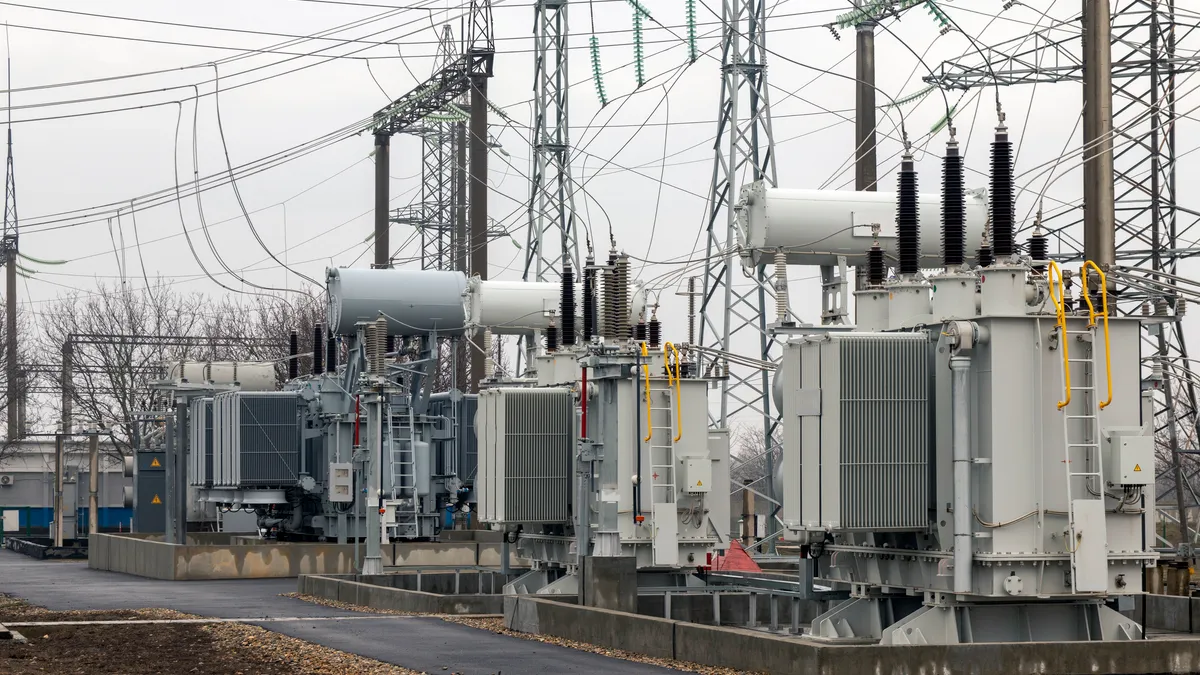The pressure just went up on utilities to move to a business model that includes rooftop solar and more home energy services.
The Just Energy Group, one of the biggest U.S. independent power providers with some 1.6 million customers, will partner with Clean Power Finance (CPF), one of the leading U.S. providers of third party financing for solar, to offer rooftop solar in deregulated U.S. electricity markets. The result could shake up business models for both utilities and solar installers.
“CPF’s platform and tool allows Just Energy to go to market with standard financial offerings for consumers,” explained CPF CEO Nat Kreamer. “Once they’ve sold the customer, we make sure the system installation is done by one of the verified members of our installation network to the expectations Just Energy has set.”
“We’re focused on bringing things to customers that wouldn’t be easy to get or that would add value, like our green bundled products with electricity, natural gas for heating, and a smart thermostat to get better efficiency," explained Just Energy Co-CEO Deb Merril.
The partnership
Just Energy tried the commercial-industrial solar sector through a now-divested subsidiary. This is its first effort in residential solar.
“We did a lot of the individual pieces in that first solar model ourselves, and we are not experts at that,” Merril said. “We’re good at managing the energy sales process, bundling products, and managing energy risk and the customer service experience.”
CPF’s business-to-business platform brings together experts at selling, installing and financing solar, Kreamer explained. “Just Energy knows how to acquire, manage, and service customer relationships. It can take solar out to literally millions of customers. We bring capital and installation services to the table.”
Using the CPF unlabeled platform, Just Energy can sell and deliver a solar system branded as its own product, using a finance plan chosen by its representative and the customer. The solar can also be part of a package of services that include the right energy efficiency and home energy management services available to the customer.
Deregulation brings innovation to a market as new players offer products that customers can’t get through regulated utilities, Merril said. “This partnership adds solar to that mix and hopefully accelerates solar adoption.”
Business models old and new
Vertically integrated utilities will increasingly need to provide similar products to compete, Kreamer added.
“There are three options,” he explained. In the first and most common, the utility provides commodity electrons and the transmission and distribution (T&D) system that delivers them.
In the second option, an independent provider like Just Energy obtains the power and delivers the electrons via the utility’s T&D system.
In the just-emerging third option, the customer gets electrons from Just Energy and from a rooftop solar installation. A portion of the electrons come through the utility’s T&D system and may be net metered. But Just Energy replaces the entire bill except for the interconnection fee and T&D charges, Kreamer said.
The power industry, like the telecommunications industry before it, is moving to open markets that offer choice and service and value to consumers, Kreamer said.
“Utilities can choose to play, especially in deregulated markets where they’re providing service," he said. "But the hangover of being a monopoly is you don’t build competitive muscles. Solar has competitive muscles and retail energy providers like Just Energy have big competitive muscles.”
“The energy retailer of the future will have to flex its competitive and innovative muscles,” Meril said. “Those left standing will be the ones who embrace innovation and pull it into their product portfolios.”
CPF will make it easier for Just Energy to add solar to its portfolio by taking care of the complexities of financing and installation and allowing Just Energy to focus on acquiring solar customers, Kreamer added.
New rate designs
Particular regulatory constructs, like net energy metering or rate designs, may change over time, Kreamer said, but what won't change is "the need to go out and get that customer."
“Utilities aren’t good at customer acquisition and conversion," he said. "They tend to have very expensive cost structures and specific regulatory and tax challenges. This partnership will allow Just Energy and CPF to go out and bring in customers and provide them with high quality systems that deliver reliable power.”
CPF presently works with unregulated and wholesale arms of regulated utilities, providing them a similar opportunity to invest in owning residential solar assets outside their monopoly territories. As the market changes, Kreamer saiid, there might be T&D service providers interested in offering solar. “Fundamentally, it’s about being able to flex you competitive muscle at scale.”
Some regulated utilities are challenging solar growth by asking regulators to increase fixed fees to cover T&D costs. That is not necessarily a threat to Just Energy, Merril said.
“As long as it’s a level playing field and all energy providers and utility customers pay the same charges, we’re relatively indifferent to it,” she explained. “If it’s not good for the consumer, we may not like it, but as long as there is a level playing field, that’s when markets work best.”





















